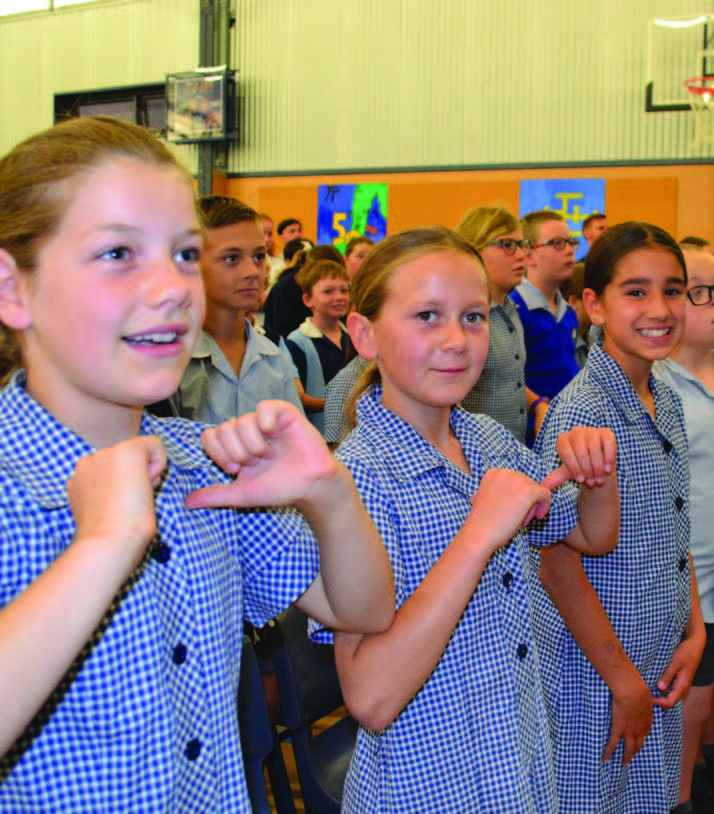Worship in Primary Schools
Worship can be a powerful and meaningful experience for primary school children, but it should be tailored to match the students’ age and stage. This page will look at the need of this age group and provide some ideas for organising worship.
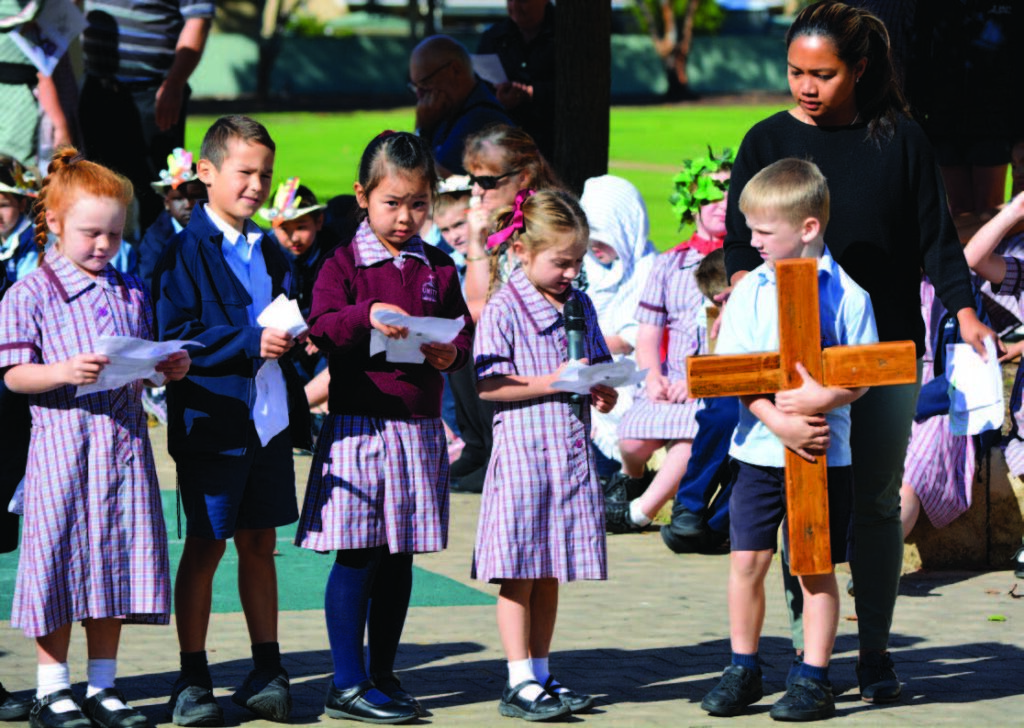
Ages and Stages
Primary worship can be complicated to a certain degree by the range in ages and stages of students. A junior primary student is quite different in many ways from a Year 6 about to move on to secondary school. While this may seem overwhelming, there are ways to cater to the range in a way that makes worship relevant to all.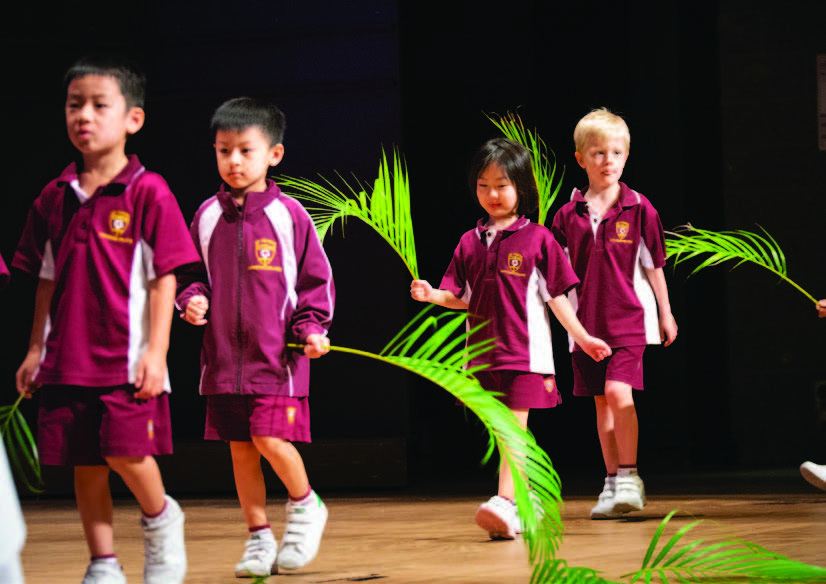
Developing faith in the early years
From the earliest years, children have experiences of awe and wonder. It seems that all children are born with a sense of the incomprehensible, the holy – a sense of God. Impressions of God are generally positive – a fun, playful God or a God that may take on a magical or superhero quality. Three- to seven-year-old children readily imagine unusual creatures like monsters and dragons, so thinking of God as a superhero is not unusual. Believing in miracles presents no problem to them. One of the most important spiritual needs of young children is the freedom to create and find spiritual images of God, heaven, and death that express their feelings and understandings. They also need to create and participate in meaningful practices and rituals, like table prayers, that acknowledge that God is active in the ordinary events of life. Students love stories that clearly define good and evil, which is why Bible stories (and fairy tales) are so well loved. These stories help them recognise feelings and behaviours that threaten and bother them and help them to identify with the triumph of good over evil.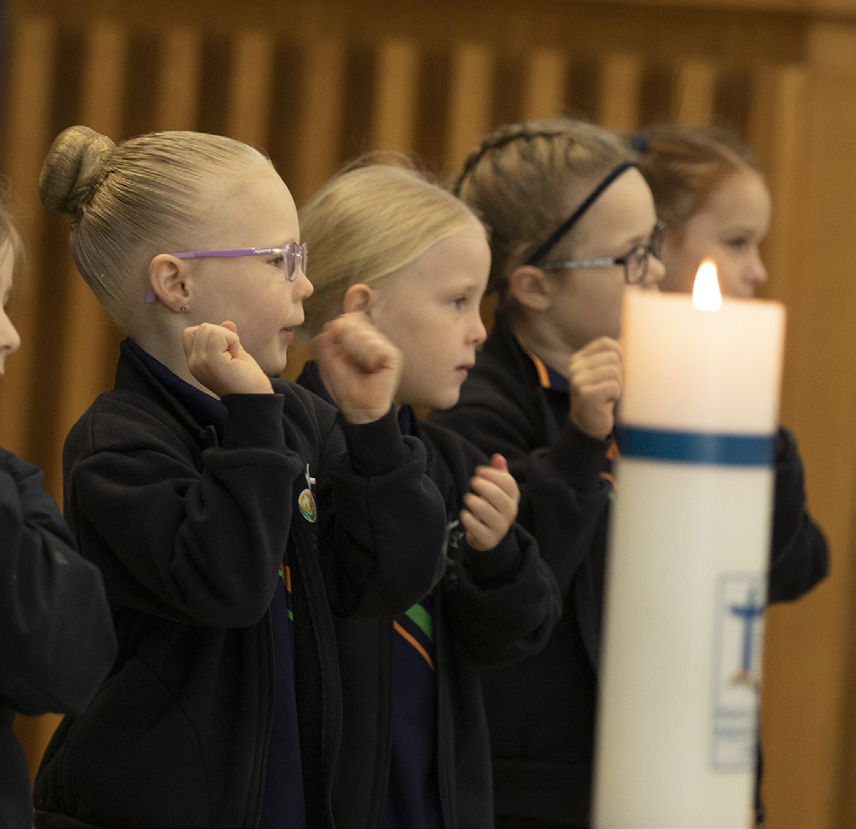
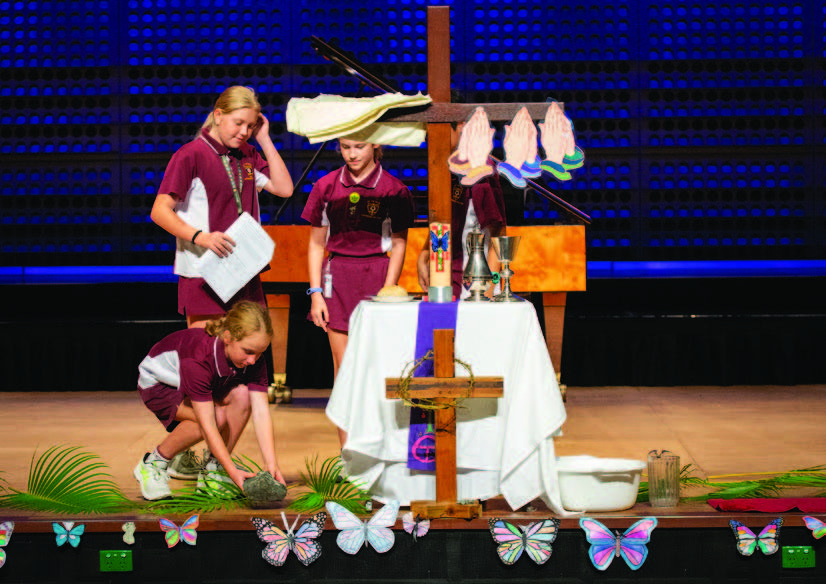
The relational world of pre-adolescents
As students move through primary school, they become more independent and start to question what they have been taught and think more deeply about spiritual matters. While a middle primary school student may embrace increasing responsibilities in planning and presenting worship, they may also struggle at times with managing realistic expectations of what they can achieve and may suddenly become quite self-conscious. As students move at differing points into early adolescence, they begin to consider their personal identity, including a spiritual identity. They may even experiment with a range of different identities – trying them on for size and then discarding the ones that don’t work for them. Pre-adolescents often rely on peers to help them in this struggle. They may be very tuned in to the expectations and judgments of the group and happy to adopt the group ideology rather than have a belief of their own. They may go along with the pack, even when it goes against a previously held position.
Worshipping in primary schools
In many ways, Primary school is an ideal time for school worship, when students are usually quite enthusiastic about participating in worship and often enjoy being part of planning or leading worship. They respond well to creative ideas and still look to their teacher for guidance and encouragement.
That said, there is a huge difference between a 5-year-old and an 11- or 12-year-old. While whole school worship is totally possible and desirable, it might be worth considering having a pattern in your worship plan that allows for year- level or age band worship some weeks and whole school worship on other weeks. For example, Week 1 whole school worship, Week 2 Junior Primary worship in the chapel and year-level worship in classrooms for Years 3-6, Week 3 whole school worship, Week 4, Upper Primary worship in the chapel and year-level worship in classrooms for Years F-2, and so on.
Having a differentiated approach like this could provide opportunities for more age-appropriate content in worship – a chance to go deeper for older children or have more fun, interactive songs or videos for younger children, for example.
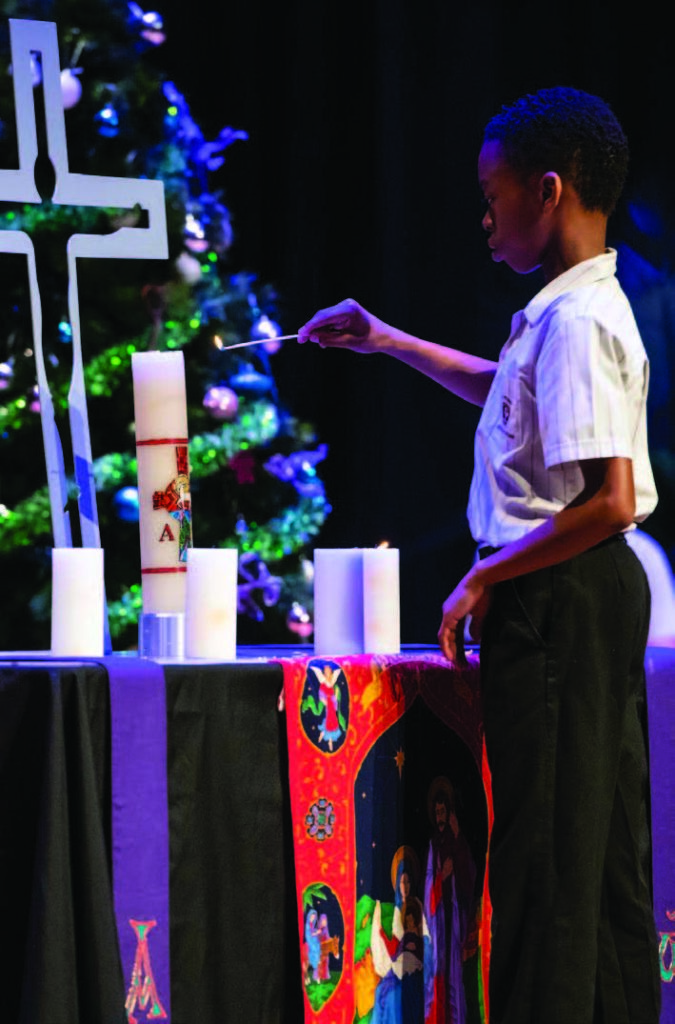
Worship, Devotions and the Christian Studies Curriculum Framework
While the content of the CSCF may complement and inform worship and devotions, it is important for the spiritual well-being of staff and students that worship is the primary purpose of the service and devotional time. Worship and devotions are stand-alone activities and should be timetabled separately from Christian Studies. A challenge in Primary schools is the vast quantity of curriculum to cover in a whole range of subjects, including Christian Studies. There are two different schools of thought about whether to integrate worship with Christian Studies:- Those who support the integration of Christian Studies with worship see the advantages for teachers in learning material in CS lessons which will create the content for worship, especially if it is their class’s turn to lead. It may allow students to dig more deeply into the text for the week and to express their faith learning in the worship setting.
- On the other hand, it can be argued that worship is different from academic learning. When staff and students come to worship, it should be a sanctuary time, free from the pressures of marking and assessment. The temptation to make worship a “class show” where every student must present their work so they can be judged detracts from the purpose of worship.
Sacred spaces

Rituals and routine
- You might like to ring a bell or sound a chime as a sign that it’s time to come to worship.
- You could play a familiar, quiet piece of music as children enter.
- You could begin the worship by having students light the candles and gathering everyone together in God’s name (the invocation). You could also have a procession to begin each worship time where students bring in a cross, candles and a Bible.
- When it is time to listen to the Bible readings, consider having a short phrase or prayer which leads into the reading to signal to children that they are hearing from God. For example, “Now we will hear from God. Let’s listen carefully to the Bible story.” “Let’s pray before we hear the Bible story. Dear God, open our ears and our hearts to hear you today. Amen.” (You could include gestures to match the prayers). A ‘prayer of the day’ style prayer may be appropriate for worship with older students.
- You might like to encourage the children and staff to bless each other at the end of the worship time. Use simple words and include a simple gesture like making a cross on each other’s forehead or arm.“God bless you today [name]”; “Jesus loves you, [name]. Have a great day!”
- You might also like to try a blessing which reflects the core point of the worship service. The Growing Faith at Home resources include a blessing matching the readings of the week, eg “May the Lord Jesus rule in your heart as King, and fill your life with his peace.” (for Palm Sunday).
Involving students in worship
- Ask children to perform the small rituals to start the worship time, like lighting the candles, participating in the processional or putting fresh flowers on the altar. It’s a good idea to practice this beforehand and have a roster so everyone gets a turn.
- If you have children who are confident in front of the group, you could ask them to give the instructions:“Now it’s time to pray. Please bow your heads and fold your hands.”
- Involve students in telling the story/leading the Bible readings as they are able:
-
- Use their artwork to create a step by step illustrated version of the Bible story.
- Video them telling the story/reading the texts and play it during worship. Older students may like to film and edit this themselves.
- Have the children dress up and act out the story while you narrate.
-
- Consider involving students in the response to the Bible readings through drama, a special song that they have learnt, visual art displays etc.
- Action songs or songs they can dance to are a great way to get the wiggles out and to help reinforce the message. Older students who might feel too cool to do action songs may still enjoy teaching the moves to younger students.
- Students may like to lead or contribute petitions to the prayers.
